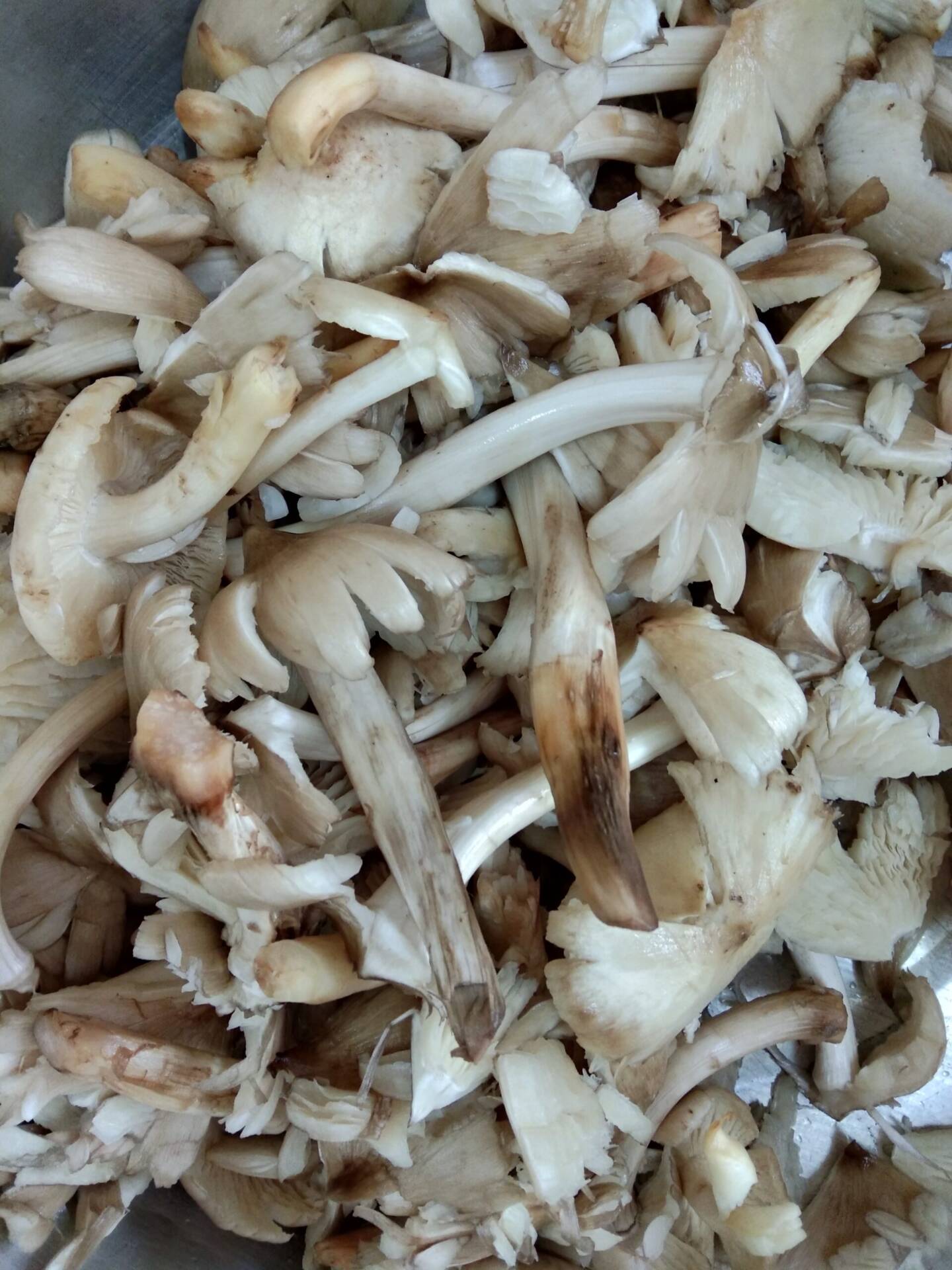
1. Choose mushrooms without white gills. Look for mushrooms with gills that are brown or tan. While some mushrooms with white gills are edible, the most deadly and poisonous mushroom family—Amanitas—nearly always have white gills.

2. Select mushrooms without red on the cap or stem. Choose mushrooms with white, tan or brown caps and stems. Many red mushrooms are poisonous. A red mushroom is using its only natural warning system, it’s color, to tell predators—including you—to steer clear.

3. Look for mushrooms without scales on the cap. Avoid mushrooms with patches or scaling of a lighter or darker shade on the cap, which may appear like spots. These scaly spots are common among poisonous mushroom varieties. For example, white mushrooms may have tan or brown scaly patches.

4. Seek out mushrooms without a ring around the stem. Check beneath the cap of the mushroom for a second veil-like ring of tissue that looks a bit like a mini-cap beneath the cap. If the mushroom you’re observing has this ring of tissue, skip it. Many mushrooms with this feature are poisonous.

5. Take two baskets when you forage. Place mushrooms you are confident are edible in one basket, and mushrooms you aren’t sure about in another. You won’t get ill simply from handling a poisonous mushroom. Consult a knowledgeable expert to identify any mushrooms you aren’t sure about. You can connect with a mushroom expert through a local mycological group or at a local university. There is not one particular location that edible mushrooms grow. They can be found on trees, logs, the forest floor, or on moss.
There is no need to wear gloves when foraging.

6. Don’t ingest a mushroom unless you are 100% sure of what it is. Use extreme caution when foraging for mushrooms, as many poisonous and nonpoisonous varieties look alike. Some varieties of mushrooms can change their appearance depending upon growing conditions, making identification difficult. For example, mushrooms of the same variety can develop color differently based on their exposure to sunlight. Experts suggest never eating any variety of mushroom that you haven’t been able to identify at least 3 times in the wild. A professional should confirm that you have identified the mushroom properly each of those 3 times.



